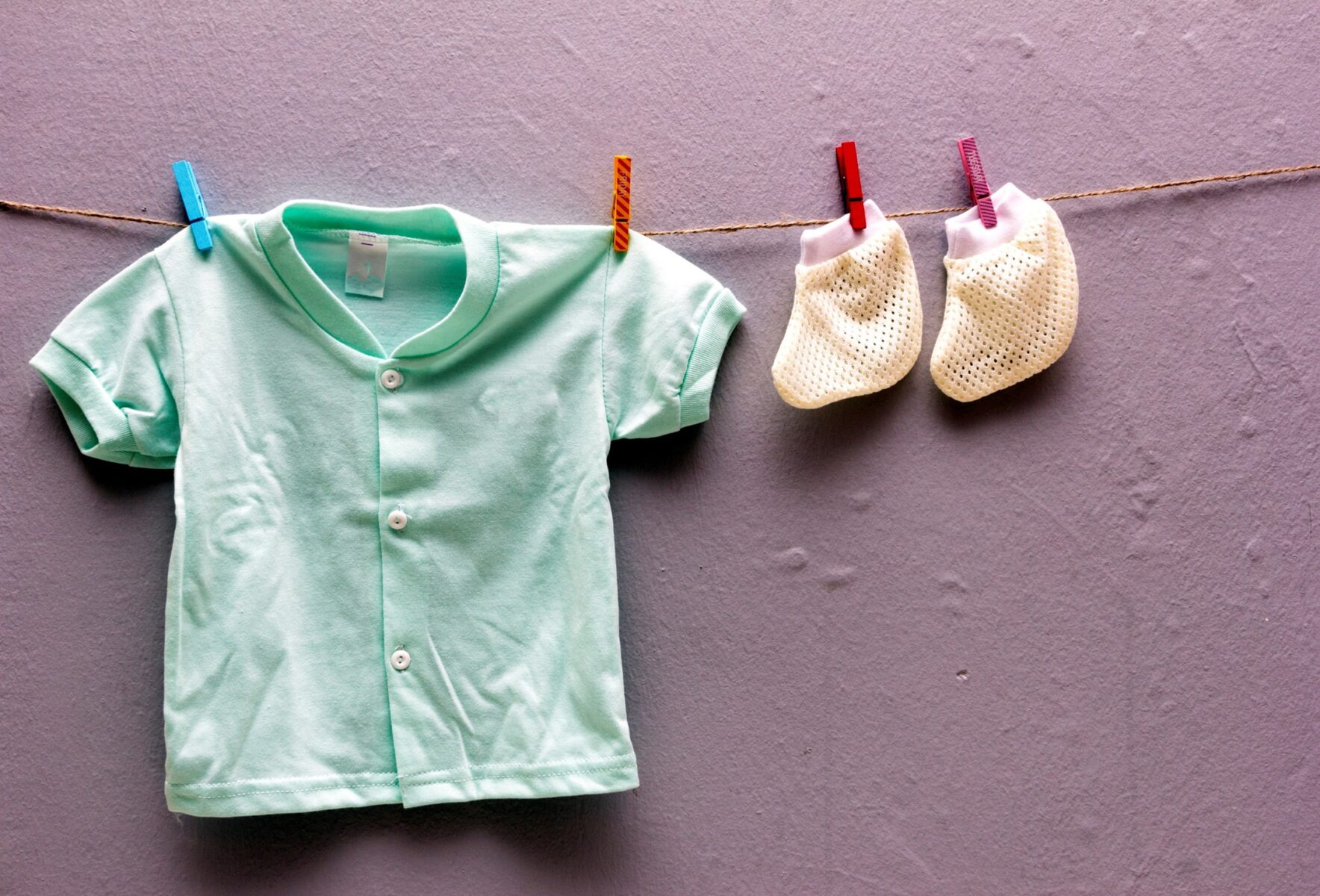Vision Milestones
Monitor how your baby’s eyes change and develop over the first year of life.
The Vision Milestones tracks developmental changes your child should reach. If you notice your child is not meeting these milestones, please contact your pediatrician to determine the best next steps for your little one.
How to Support Your Baby’s Visual Development:
Vision Milestones Birth – 3 Months
Birth-3rd Month
- Place a small rattle or colorful, plastic right in your baby’s hands and gently shake your baby’s hands in front of your baby’s face.
- Babies best see black and white at this age-showing them high-contrast images will help to stimulate their visual development and help them to focus on an image.
- Hold objects further away and on alternate sides of baby’s face to help develop their distance and peripheral vision.
4th-7th Month
- If you think baby’s eyes are not straight, or an eye appears to cross or drift outward, after age 4 months, please visit your pediatrician for next steps.
- Use colorful images when playing with baby. In addition to books and pictures, try colorful scarves or blocks to help stimulate their color vision.
- Placing a toy slightly out of reach helps develop baby’s distance vision and depth perception.
8th-12th Month
- Provide lots of face-to-face opportunities for interacting. Repeating these opportunities will help you baby visually tell the difference between faces and objects.
- Have your baby look at his/her own face in a mirror.
- Play Peek-a-Boo.
Common Vision Conditions in Children Ages 0-3
Children may be diagnosed with a vision condition in the first few years of their life. The two most common diagnoses are hyperopia and strabismus.
Hyperopia
Hyperopia: (hi-per-OH-pea-uh), or farsightedness, is a type of refractive error. Hyperopia is a vision condition in which near objects appear blurred – such as books or toys- but objects in the distance remain clear. Children with severe farsightedness may also experience crossed eyes, eyestrain, and a reduced quality of life.
Hyperopia Treatment: Some children will require glasses to help correct their hyperopia. Other children may outgrow their need for glasses as they get older. Your ophthalmologist or optometrist will work with you to identify the right treatment plan for your child.
Strabismus
Strabismus: Strabismus is a word for eyes that are not straight or do not line up with each other. If the problem is not treated, it can cause amblyopia (or lazy eye).
The misalignment results from the failure of the eye muscles to work together. One eye, or sometimes both, may turn in (crossed eyes), turn out (wall eyes), turn up or turn down. Sometimes more than one of the ‘turns’ are present.
Strabismus Treatment:
Strabismus cannot be outgrown, nor will it improve by itself. Treatment to straighten the eyes is required. The types of treatments may be used alone or in combination, depending on the type of strabismus and its cause.
- Glasses are commonly prescribed to improve focusing and redirect the line of sight, enabling the eyes to straighten.
- Medication in the form of eye drops or ointment may be used, with or without glasses. Injected medication may be used to selectively weaken an overactive eye muscle.
- Surgery may be performed on eye muscles to straighten the eyes if nonsurgical means are unsuccessful.
- An eye doctor may recommend eye exercises either before or after surgery.
Amblyopia
Amblyopia: is reduced vision in an eye that has not received adequate use during early childhood.
Causes: Most often amblyopia results from either a misalignment of a child’s eyes, such as crossed eyes, or a difference in image quality between the two eyes (one eye focusing better than the other.)
In both cases, one eye becomes stronger, causing the other eye to become weaker. If this condition persists, the weaker eye may suffer permanent vision loss.
Treatment: It’s best to treat Amblyopia as soon as possible for best outcomes.
Treatment plans will be determined by an eye care professional and can range from glasses, patching, medication, or surgery.
InfantSEE Program
Under the InfantSEE program, “AOA (American Optometric Association) member optometrists provide a no-cost comprehensive eye and vision assessment for infants 6-12 months old regardless of a family’s income or access to insurance coverage”.
To find a provider in your area click here.
“During an InfantSEE assessment a doctor of optometry will test for excessive of unequal amounts of nearsightedness, farsightedness, or astigmatism, eye movement ability, eye health problems, and discuss patient and family history.
Comprehensive eye and vision care is important to detect problems early to ensure babies have the opportunity to develop the visual abilities they need to grow and learn.”
-Information from InfantSEE website.
Additional Parent Resources
